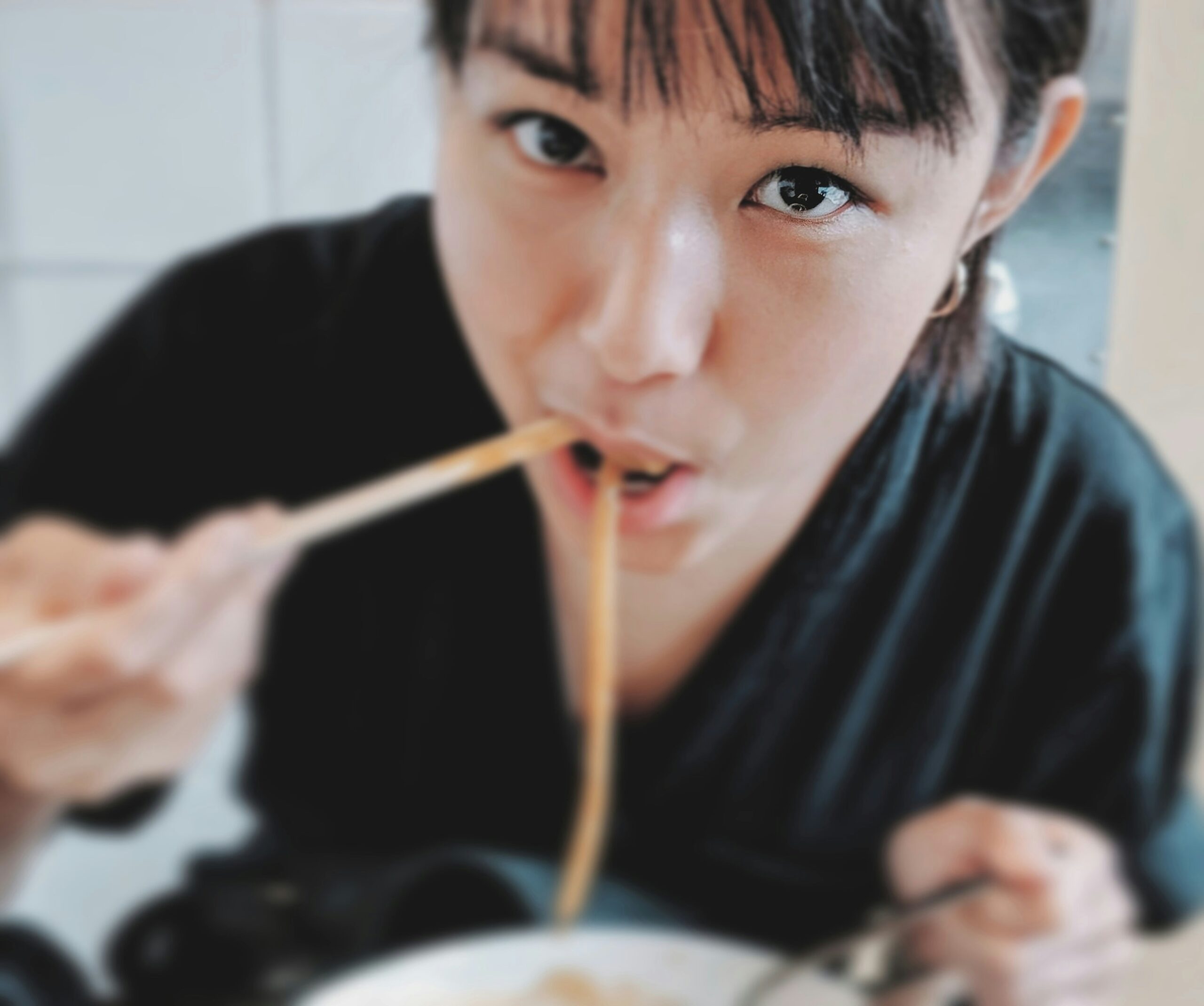In the rich tapestry of global dining practices, Japan stands out for its distinctive customs, particularly in the realm of noodle consumption. Slurping, a sound that might be considered rude or unappetizing in some cultures, resonates differently within the bustling noodle houses of Japan. As the world becomes a smaller place, understanding the nuances of Japanese dining etiquette, especially the practice of slurping, becomes essential for travelers and culinary enthusiasts alike. This exploration dives into the symphony of sounds that define the Japanese dining experience, decoding the cultural significance behind slurping, and offering a guide on how to navigate these traditions with respect and understanding.
The Art of Slurping: A Japanese Dining Symphony
In Japan, the act of slurping noodles isn’t just a breach of silence; it’s a full-fledged art form. This auditory experience complements the visual and olfactory stimuli of a traditional Japanese meal, creating a multisensory dining experience. Slurping enhances the flavor of noodles, allowing both air and noodles to cool simultaneously for an optimal gustatory experience. It’s not unusual to hear a chorus of slurps in any noodle shop, a testament to the deliciousness of the meal and the skill of the chef. Far from being frowned upon, the sound of slurping is music to a chef’s ears, signifying appreciation and enjoyment. The louder the slurp, the greater the compliment to the cook.
Decoding the Soundscape of Japanese Noodle Houses
Stepping into a Japanese noodle house is an immersion into a unique soundscape where the slurping of noodles is a dominant theme. This sound, pervasive and integral to the dining experience, serves as an auditory cue to the uninitiated that they have entered a space where traditional dining etiquette prevails. The intensity of slurping varies, providing a sonic backdrop that ranges from the gentle sips of delicate soba noodles to the robust slurps of hearty ramen. This cacophony of slurping is not just background noise but a signal of the establishment’s authenticity and the patrons’ adherence to cultural norms.
Slurping in Japan: Rude or Respectful?
Contrary to Western dining norms where making noise while eating is often considered impolite, in Japan, slurping noodles is a sign of respect and appreciation for the meal. This practice is deeply ingrained in the Japanese dining etiquette, signaling that the diner is fully enjoying their food. It’s a gesture that acknowledges the chef’s effort and skill, bridging the gap between the kitchen and the table with each audible slurp. Understanding this cultural difference is crucial for international diners, as what is deemed respectful in one culture can be misinterpreted in another.
A Cultural Deep Dive: The Significance of Slurping
Slurping in Japan transcends mere etiquette; it’s woven into the fabric of culinary tradition, symbolizing more than just satisfaction with one’s meal. It’s rooted in a philosophy that values the harmonious blend of flavors and textures, and the act of slurping is believed to enhance this sensory experience. Additionally, it reflects the Japanese virtue of mindfulness in eating, encouraging diners to fully engage with their food, savoring each bite (or slurp) with gratitude and attentiveness. This practice also underscores the communal aspect of dining, where everyone at the table shares in the collective enjoyment of the meal through a communal soundscape.
From Ramen to Soba: The Universality of Slurping
While ramen might be the poster child for slurp-worthy noodles in Japan, the practice of slurping extends to various forms of noodle dishes, including soba, udon, and somen. Each type of noodle presents a different opportunity for slurping, with the method and sound varying according to the dish’s texture and broth. Slurping is not only acceptable but encouraged across these noodle varieties, highlighting the universality of this practice within Japanese cuisine. This common thread of slurping ties together the diverse tapestry of Japanese noodle dishes, celebrating the country’s rich culinary heritage.
Mastering the Etiquette: When to Slurp in Japan
For travelers and international diners venturing into the world of Japanese noodles, mastering the etiquette of slurping can enhance the dining experience. It’s important to observe and mirror the practices of locals, slurping noodles with gusto yet ensuring not to splatter broth or create undue mess. Slurping is most appropriate in casual dining settings such as noodle shops and ramen bars, where the practice is common and expected. However, in more formal dining situations, moderation is key, as the overall dining etiquette may lean towards subtlety and restraint. Learning when and how to slurp can serve as a sign of cultural respect and appreciation, endearing diners to locals and enriching their culinary journey in Japan.
Navigating the dining etiquette of slurping in Japan offers a window into the country’s rich cultural traditions, highlighting the importance of understanding and respecting local customs. From the bustling noodle houses to the quiet reverence of a formal meal, the practice of slurping noodles stands as a testament to Japan’s culinary heritage. For the international diner, mastering the art of slurping is not just about following etiquette; it’s about engaging with the culture, embracing its nuances, and experiencing Japanese cuisine in its most authentic form. As we continue to explore and appreciate the diverse dining practices around the world, let us remember that what binds us together is a universal love for food and the shared experiences it brings.








